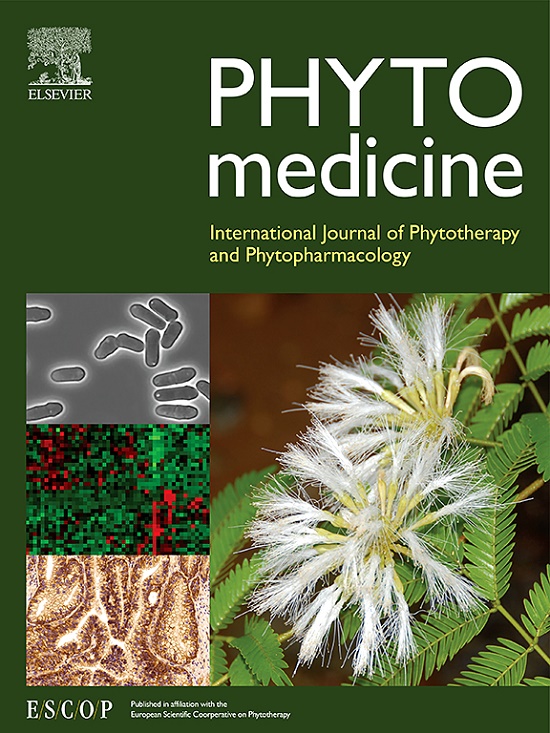Alkannin triggered apoptosis and ferroptosis in gastric cancer by suppressing lipid metabolism mediated by the c-Fos/SREBF1 axis
IF 6.7
1区 医学
Q1 CHEMISTRY, MEDICINAL
引用次数: 0
Abstract
Background
Gastric cancer (GC), one of the most common malignancies with high mortality worldwide, currently requires beneficial therapeutic strategies. Alkannin is the primary active component of Lithospermum erythrorhizon and has been shown to have potential anticancer effects on a variety of cancers. However, the specific effects and molecular mechanisms of alkannin against GC remain unknown.
Purpose
This study aimed to explore the detailed role and downstream effectors of alkannin in the treatment of GC.
Methods
The functions of alkannin on the proliferation, migration and invasion of GC cells were measured via CCK-8, EdU, colony formation, LDH release, flow cytometry, wound healing, and Transwell assays. BODIPY-C11 staining, determination of cellular ferrous iron, MDA and GSH levels, and western blotting were used to evaluate alkannin-induced ferroptosis. Transcriptome sequencing was analyzed to identify differentially expressed genes. Nile red staining and cholesterol and triglyceride assays were utilized to examine changes in lipid metabolism. Transcriptional regulation was determined by real-time PCR, dual-luciferase reporter and chromatin immunoprecipitation assays. Finally, a xenograft animal model was employed to assess tumor growth in vivo.
Results
Alkannin inhibited growth and motility and simultaneously triggered apoptotic and ferroptotic cell death in GC cells. Transcriptome sequencing analysis revealed that alkannin treatment downregulated c-Fos expression. The overexpression of c-Fos conferred the GC cells to tolerate alkannin in vitro and in vivo. Moreover, we confirmed that c-Fos activated SREBF1 transcription by directly binding to TPA-responsive elements within the SREBF1 promoter, leading to increased expression of lipid biosynthesis-related genes, which counteracted ferroptosis through the maintenance of cellular lipid homeostasis.
Conclusion
Our present study provides the first evidence that alkannin induces both apoptosis and ferroptosis in GC cells and reveals a novel mechanism by which alkannin restrains c-Fos-dependent SREBF1 transcriptional activation, leading to lipid metabolism and redox homeostasis disorders. Our findings highlight that alkannin is an available and promising natural product for the avoidance of drug resistance and the clinical treatment of GC.

求助全文
约1分钟内获得全文
求助全文
来源期刊

Phytomedicine
医学-药学
CiteScore
10.30
自引率
5.10%
发文量
670
审稿时长
91 days
期刊介绍:
Phytomedicine is a therapy-oriented journal that publishes innovative studies on the efficacy, safety, quality, and mechanisms of action of specified plant extracts, phytopharmaceuticals, and their isolated constituents. This includes clinical, pharmacological, pharmacokinetic, and toxicological studies of herbal medicinal products, preparations, and purified compounds with defined and consistent quality, ensuring reproducible pharmacological activity. Founded in 1994, Phytomedicine aims to focus and stimulate research in this field and establish internationally accepted scientific standards for pharmacological studies, proof of clinical efficacy, and safety of phytomedicines.
 求助内容:
求助内容: 应助结果提醒方式:
应助结果提醒方式:


